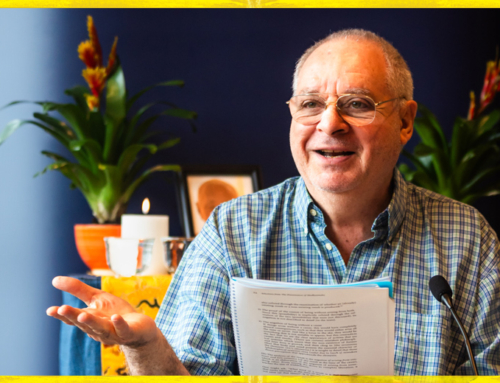This excerpt is copyrighted material, please do not use or copy without written permission from Nitartha Publications.
This is a continuation of the presentation of Dzogchen Ponlop Rinpoche from Nitartha Institute, July-August 2007, Pacific Lutheran University, Tacoma, WA.
Arranged by Jirka Hladiš
How to Look for the Self in the Skandhas
Dzogchen Ponlop Rinpoche
It would be good for us to practice this meditation today by concentrating first on the question: “Where does the thought that apprehends the self arise from in the beginning?” If we find that our thoughts self originate within the five skandhas, then we should search through each of the five skandhas individually.
For example, if feelings are the self, then what feelings are the self? There are three basic divisions of feelings: pleasant feelings, unpleasant feelings, and neutral feelings, and there are many detailed subclassifications of those classifications. If feelings are the self, then there would have to be many selves, because there are many different types of feeling. So when we start off with the notion that feelings are the self, we are conceiving of feelings to be one thing. Therefore, we should examine it further and look at all the different classifications of feeling.
It is very important for us to separate the skandhas from each other and then separate the classifications of each skandha from each other, so we become familiar with how the skandhas are of the nature of multiplicity. Mipham Rinpoche says in his text called The Wheel of Analysis and Meditation that in the beginning it is very important for us to cultivate more awareness of multiplicity.
Therefore, in the context of feelings, we should split feelings up into their various classifications, and then we should look at each of the individual classifications and see whether attachment to the self arises in the context of that specific type of feeling. In the same way, discriminations, formations, and consciousnesses also have many classifications.
You might have a coarse idea that feelings are the self or sensations are the self, but then someone could hit you on the head with a stick, and your sense of self will move from feelings in the body into the sensation in your head. So you’d be thinking, “Oh, my head! Where is me? It’s in my head.” But after the experience of being hit, you then concentrate on the feeling of pain, and the self once more moves back to feeling. Then you start thinking about what caused the pain, and you think about the person who hit you, and then this turns you into discrimination, the third skandha. Then on the basis of those thoughts, you start accumulating karma, which is the fourth skandha, and then the self becomes the accumulator of karma. In this way, our sense of self moves to and fro within the five skandhas. If the self were only one of the skandhas, it would stay in the same place. So since the self does not exist within the skandhas, but is simply an imputation of thoughts, then it is possible for our sense of self to move about freely within the five skandhas. Wherever our thoughts go is where the sense of self will go. Thus, if you cut through your thoughts, you will cut through the root of self-fixation.
If we let our thoughts into our meditation, it will be a good way to recycle!
The best way not to waste our thoughts is to let them into our meditation sessions. If we let our thoughts into our meditation, it will be a good way to recycle! If we don’t let our thoughts into our meditation, they will go to waste, and we will need to look for a landfill somewhere. And then we will run into the difficulty of not being able to find any place to put our thought garbage. So we should not let that happen. We should recycle our thoughts by letting them be a part of our meditation.





